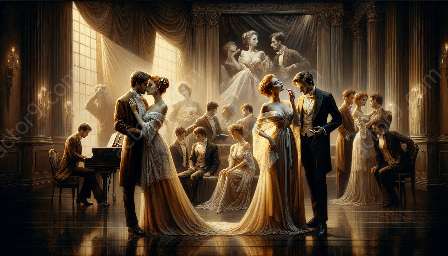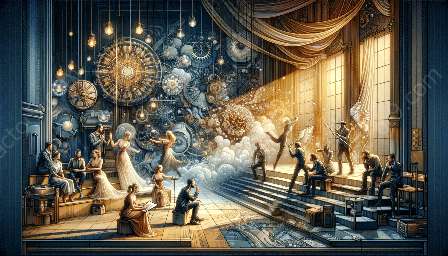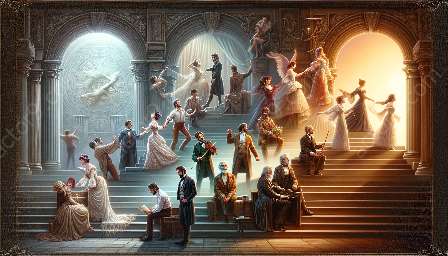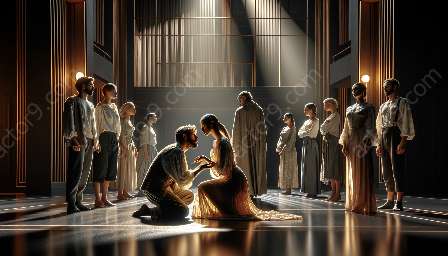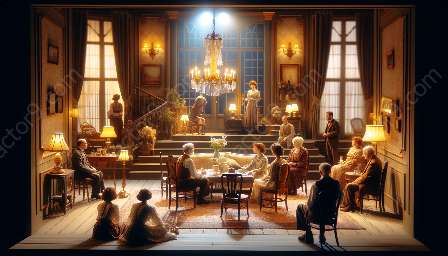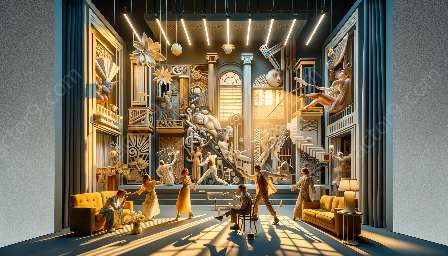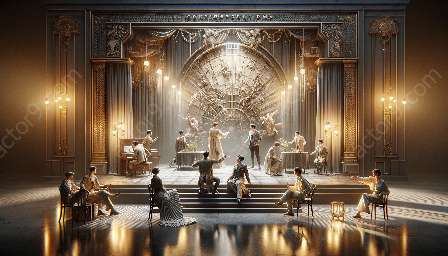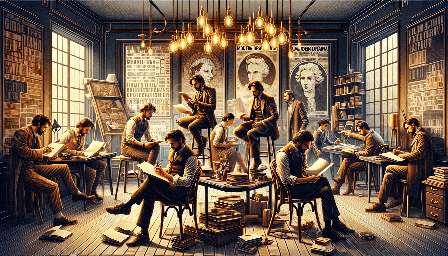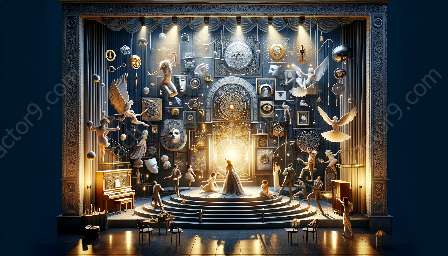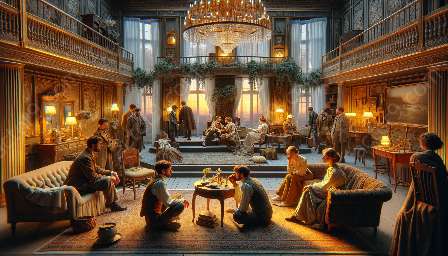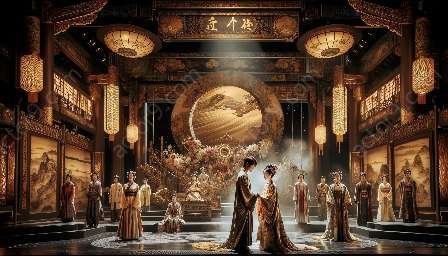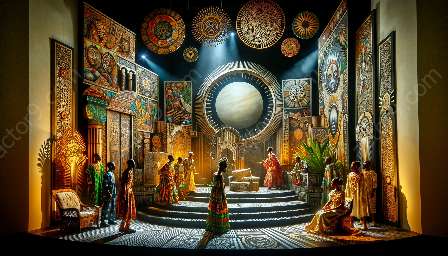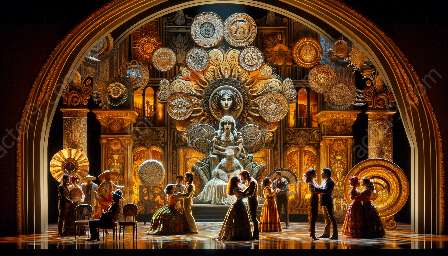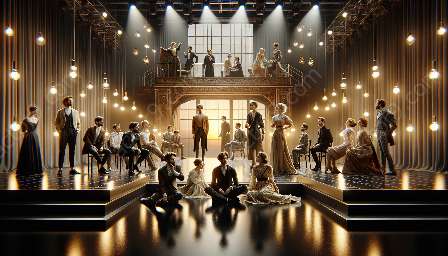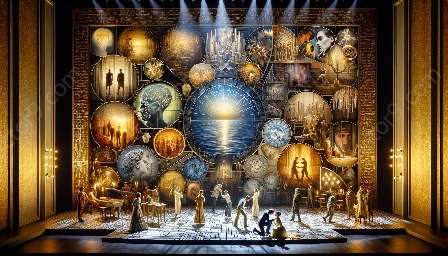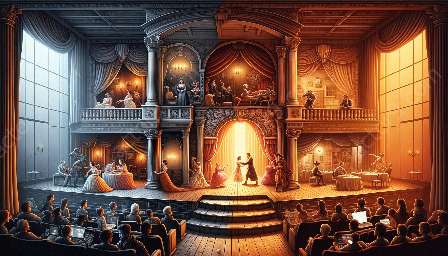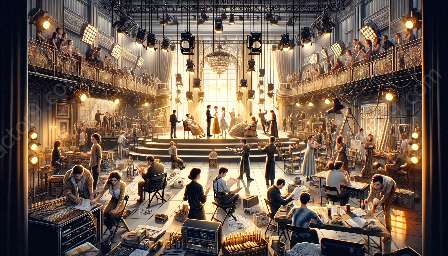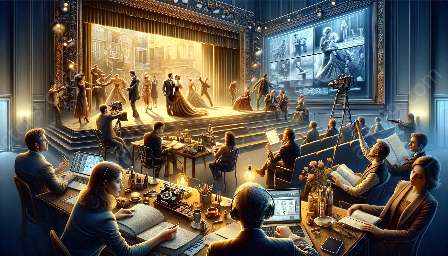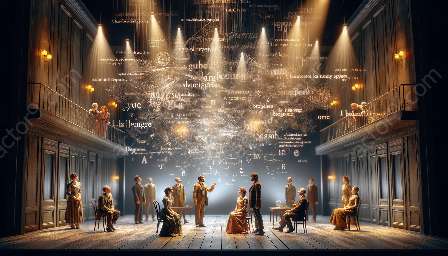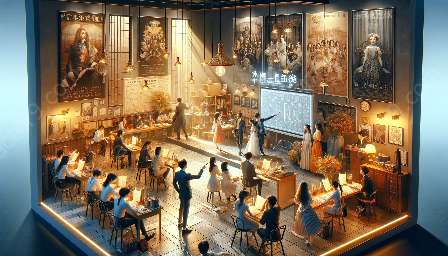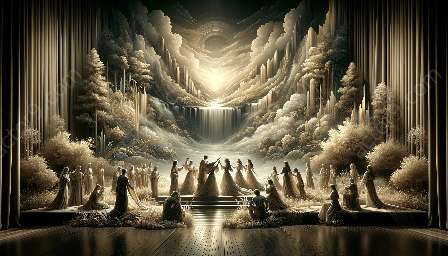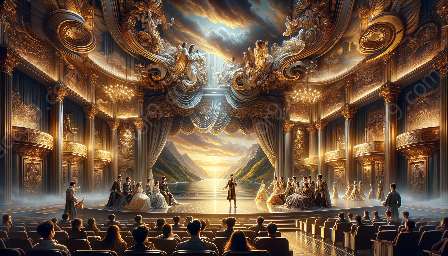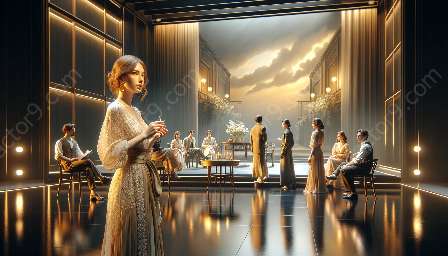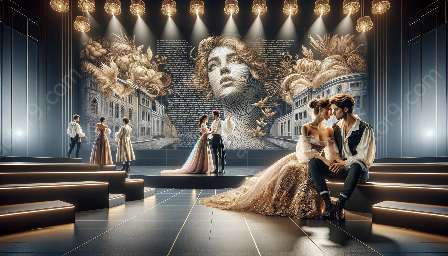Tragic narratives have evolved in modern times, challenging conventional ideas of heroism and villainy. In modern drama and tragedy, the characters and their actions often defy traditional categorization, blurring the lines between heroes and villains.
Modern Tragic Narratives
Modern tragic narratives incorporate a variety of elements that challenge traditional notions of heroism and villainy. Unlike the clear-cut distinctions found in classical tragedies, modern narratives are characterized by complex and morally ambiguous characters.
Character Complexity
In modern tragic narratives, characters are often portrayed as multidimensional, exhibiting both heroic and villainous traits. This complexity forces the audience to question traditional binary divisions and consider the motivations and internal conflicts of the characters.
Moral Ambiguity
Modern tragic narratives frequently explore the gray areas of morality, presenting characters who are neither wholly good nor entirely evil. This challenges the audience's preconceived notions of heroism and villainy, prompting a more nuanced understanding of human nature and behavior.
Challenges to Traditional Heroism
Modern tragic narratives often subvert traditional notions of heroism by depicting protagonists who are flawed and morally conflicted. These characters defy the idealized image of a hero, presenting a more realistic and relatable portrayal of human struggle.
Internal Struggles
Modern tragic heroes are often plagued by internal conflicts and personal flaws, challenging the conventional image of unwavering heroism. Their struggles reflect the complexities of the human experience, offering a more empathetic and authentic representation of heroism.
Moral Dilemmas
By confronting moral dilemmas and ethical challenges, modern tragic heroes navigate situations that require them to make difficult decisions, blurring the line between right and wrong. This ambiguity complicates the traditional hero's journey, prompting audiences to reevaluate their understanding of heroism.
Redefining Villainy
In modern tragic narratives, the concept of villainy is also redefined, portraying antagonists with motives and complexities that challenge traditional depictions of pure evil.
Antagonist Sympathy
Modern tragic narratives often humanize antagonists, shedding light on their motivations and past experiences. This approach adds depth to the portrayal of villains and prompts the audience to question the nature of villainy and consider the circumstances that lead individuals down darker paths.
Moral Relativism
By exploring the moral relativism of antagonists, modern tragic narratives challenge the simplistic view of villains as inherently evil. This nuanced portrayal encourages audiences to engage with the complexity of villainous characters and consider the factors that contribute to their actions.
Conclusion
Modern tragic narratives disrupt traditional notions of heroism and villainy by presenting complex characters and morally ambiguous situations. Through their exploration of character complexity, moral ambiguity, and the redefinition of heroism and villainy, modern dramas and tragedies invite audiences to reconsider their understanding of these concepts, prompting deeper reflections on human nature and the complexities of moral choices.

